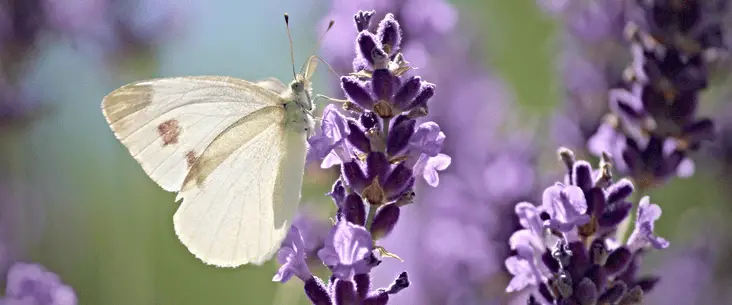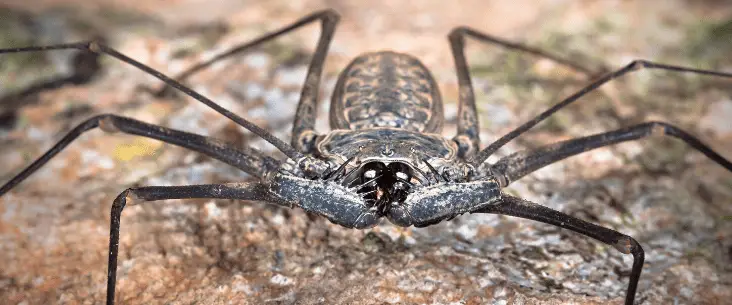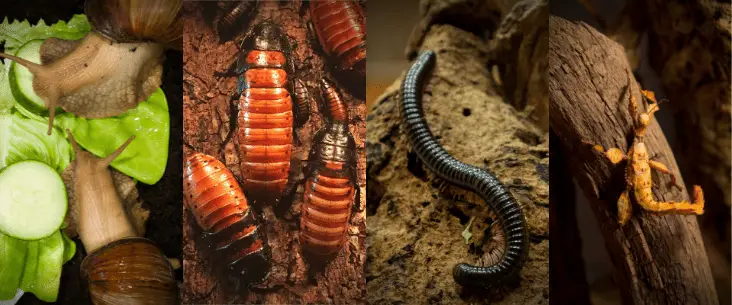Making your own insect hotels can be very rewarding as a hobby gardener or nature enthusiast. The concept of insect hotels, also known as bee hotels or bug hotels, is becoming more popular now we understand the important role of insects. Without insects, the world will be a barren place and we humans will probably not thrive. Building your own insect hotel will help insects to survive and thrive again. At least when you do it the right way. Let’s discuss 7 things you probably should know before you start building your next insect hotel.
When you build your own insect hotel there are several things to consider to make them better suitable for these creatures. Here are the 7 most important things to consider:
- Choose a responsible design
- Choose the correct size – smaller is often better
- Choose the correct (untreated) material
- Choose the location of your insect hotel
- Maintain the insect hotel
- Replace the insect hotel after a while
- Match the environment (garden) to attract insects
In this article, you will discover how you can make better insect hotels that are loved by all those creatures. There are plenty of step-by-step guides on how to make an insect hotel and a myriad of insect hotel designs at garden stores to buy. But be aware! These hotels do not always have a good design and some can even harm insects. When you consider these 7 quite easy steps, you will attract more insects into your garden and provide them with the shelter that they hardly need to survive.
In this series of Backyard Bugs, we explore wild bugs and how you can provide a better living for them with simple things. The world population of insects and related bugs is rapidly declining. Their important role in the sustainability of life and the future of our planet is often underestimated. This series is to stimulate more and more people to be aware, to act and provide a better environment for these important creatures. We partner with companies that offer products that we think are great for you to use, and that can help you achieve your goals. If you purchase through our partner links, we get paid for the referral at no additional cost to you! Please read our disclaimer for more info.
#1 Size of insect hotels does matter – Small is better
Many people choose to make a big insect hotel. Because bigger hotels can house more insects, right? Well, let me tell you that bigger is in this case not necessarily better. Let me explain why.
It is better to think small and not try to host an entire zoo in one enclosure. Every species has its own needs and not all insect species like to live in a crowded place. It is better to make an insect hotel for one or a couple of particular insect species, and if you gain more and more experience build another one for other species. In the end, you help insects more by building many smaller insect hotels instead of one large mega hotel.
#2 Choose a responsible design for your insect hotel
There is a myriad of how-to guides on how to build an insect hotel. Some are even more bizarrely shaped than others. However, many designs are focused on the esthetics of the insect hotels instead of the needs of the insects you want to attract or provide shelter.
Start by thinking about which species of insect you wish to provide shelter for and focus your design on their needs. For example, you can make hotels for tube nesting bees. These bees only occupy small tubes with a diameter between 2mm to 10mm. Again, as mentioned before, make your hotel small and better make multiple hotels to place around in your backyard.
A good practice is to provide your insect hotel with some kind of a roof, so it doesn’t rain in or the hotel gets moist. Moist will attract fungus, parasites and other diseases to your hotel. The basics of any insect hotel are a sturdy and solid backplate and roof plate to protect from rain.
I would like to recommend you to read the extensive guide on how to make and manage a bee hotel by Marc Carlton. It will provide insights about making responsible designs for certain species.
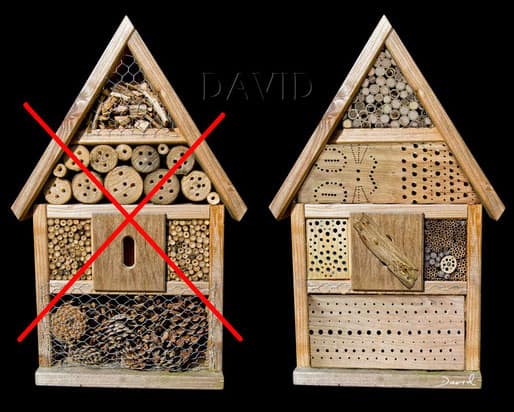
Poor processing and wrong materials let the colonization drop to zero.
On the right is a practical alternative. [Source]
#3 Build insect hotels from your own untreated material
Which material and possible chemicals are used when buying an insect hotel in the garden store? It is difficult to know. Hopefully, they are made of untreated materials, but many have all kinds of colours to make them more pleasing to our eyes (and do not contribute to the needs of insects for that matter).
Sourcing your own untreated materials is a better way when you build your own insect or bee hotel. Use untreated woods without varnish, paint or wood protectant. These will repel insects. But you may ask what about the longevity of your hotel? Well, you probably need to replace it every two or three years (see also number 6)
Consider using all kinds of natural materials from your own garden, like dried bamboo tubes, or pieces of wood you can drill holes in it.
Important note: When drilling holes into wood, the holes should be smooth without splinters. Use your drill up and down multiple times to remove most splinters. Then use a small round wood or metal file to smooth out the hole.
#4 What is the best placement of insect hotels
A good location for insect hotels is crucial. Insects can be very picky and won’t use it if the insects don’t like the location. Or even worse, a bad location can cause high mortality among insects and insect larvae.
Generally, insect hotels must be positioned in full sun, at least 1 metre above ground and without vegetation directly in front of the insect hotel. For most insects, it is important facing the entrance of your hotel south-east or south.
Another thing to consider is that it is best to be placed where it doesn’t rain too much into or onto the hotel. So placing it under an edge of a roof will benefit the use of the hotel and provide enough protection from the weather.
You will need to securely fix the hotel to prevent shaking and swaying in the wind. Don’t hang it on one screw, but at least fix it with two screws tight to the back wall.
#5 Maintenance and cleaning your insect hotel
Not many people know this but maintenance and cleaning of your insect hotel is important too. It is almost as important as building one in the first place. Without maintenance and cleaning your hotel may not attract any new insects next season, or worse, diseases and fungus will kill off many of them.
At the end of summer remove and clean tubes carefully. Dead cells that didn’t make it should be removed to prevent mould and mites.
Some entomologists suggest bringing your hotel into a cool and dry area during the winter to protect the insects from wind and rain. You could place the hotel in your shed, for example. But, don’t forget to place it outside again in time.
#6 Replace insect hotels when it is time
Insect hotels actually don’t last for long. Over time the hotel will deteriorate and natural materials will degrade because of the lack of chemicals (but don’t use them anyway!!). After two or three years it is a good idea to remove the insect hotel and replace it with a new one. When you have a smart design you could replace the nesting parts within the hotel without building a completely new one. Without replacing nesting blocks mould, parasites and mites will build up affecting the insects and increasing the mortality rate.
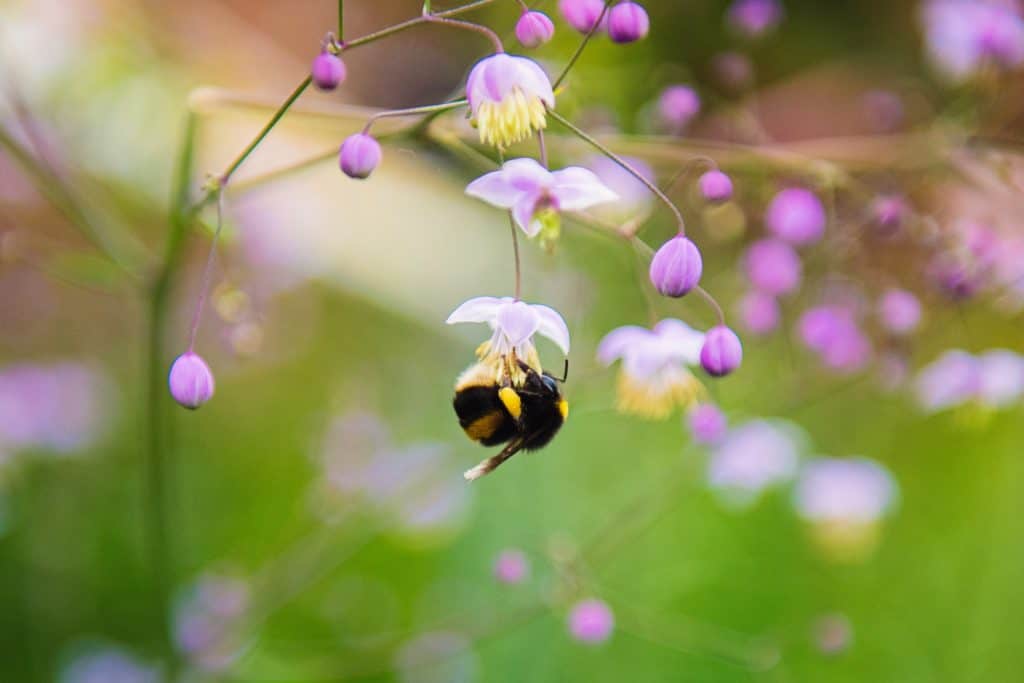
Recommended read: How to make your garden a home for insects with 9 practical tips.
#7 Match your garden with your insect hotel
It is useless to place insect hotels without a garden that supports insects. If you have almost no flowering plants and a very minimalistic garden with only a couple of plant species, you don’t have to hang many insect hotels.
Your garden must support the insects to survive and thrive. Although this is a complete topic on its own, we will highlight a couple of changes you can do to attract more insects to your garden.
- Green roofs can provide valuable habitats for insects. The sedum plants with small flowers are loved by many insects, especially bees. Next to that, it is a fortune to see the green on the roof for our own well-being. Green roofs have a lot of benefits and they compensate for the nature that we took for our buildings and human activities.
- natural gardens with small structures, dry stone walls flower meadows and native flowering plants will provide a valuable refuge for insects. Native flowers and a diversity of plants and flowering trees provide pollen and nectar from spring to autumn.
- Focus on plants that have a lot of pollen and nectar. Roses, for example, how beautiful they are, are not really suitable for nectar-feeding insects.
- Even on balconies, you can provide a lot of flowers that are perfect for insects. Balconies are often overlooked but can provide a supply of food for many important insects.
So, remove some tiles from your garden and replace them with more flowering plants. This will improve the use of insect hotels and make insects find your garden to thrive and survive. What are you waiting for? Let’s get started!
Want to keep bugs as pet?
There is much to learn about bugs. You can responsibly keep many amazing bugs as pets. Check out our website for articles about a lot of bug species. Don’t know where to start? Check out our page why you may keep bugs.
Share this page!

